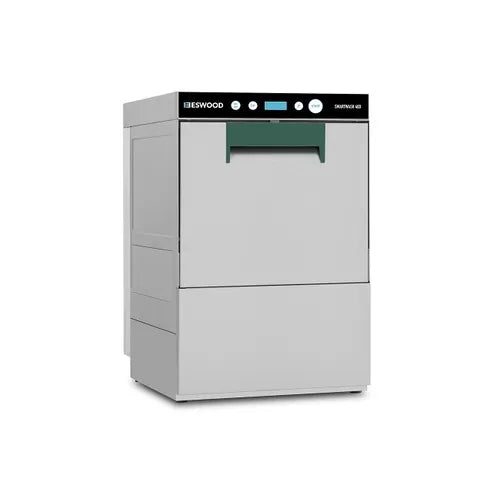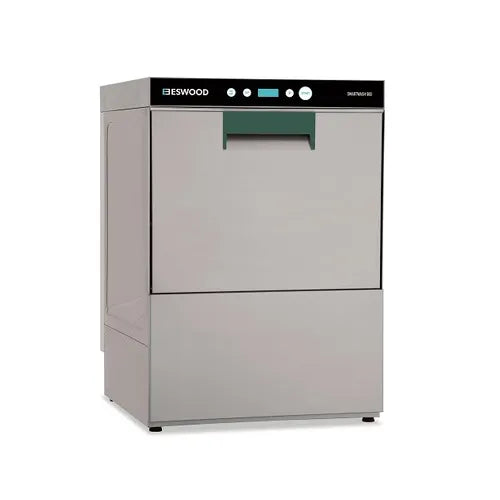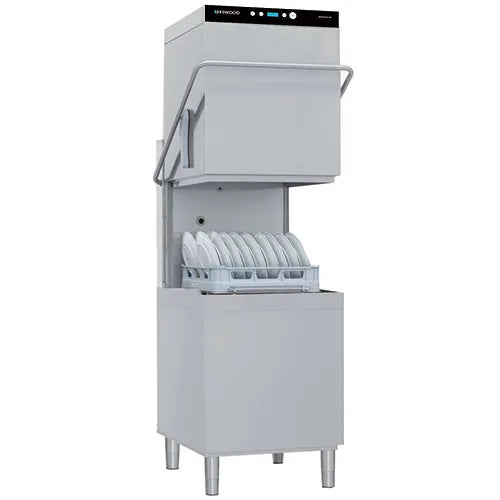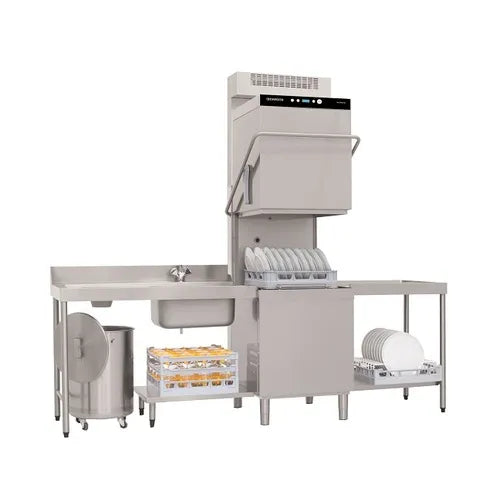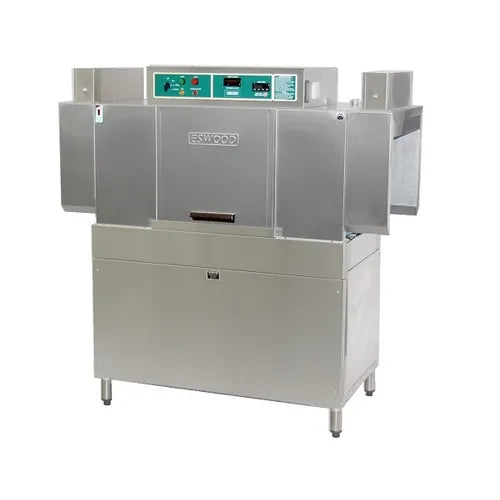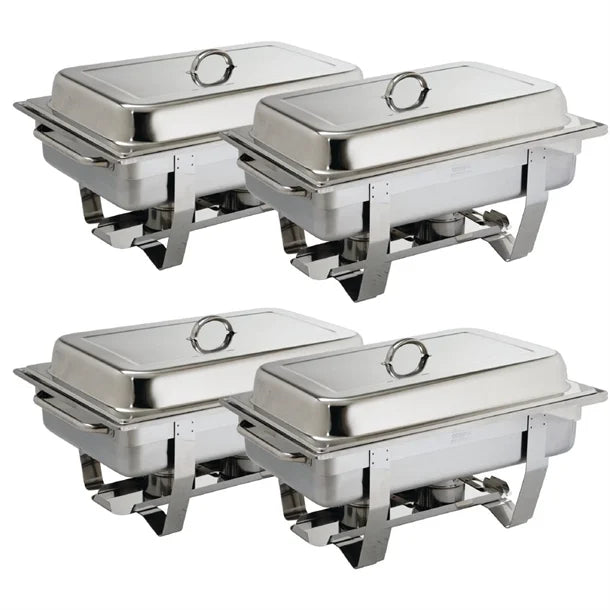Chafing dishes are a staple in the world of catering and buffet service. If you’ve ever attended a large event with a buffet, you’ve likely encountered these versatile and functional serving tools. But what exactly are chafing dishes, and how can they elevate your next gathering? This blog will delve into everything you need to know about chafing dishes, from their types and uses to tips for choosing the right one for your needs.
What Are Chafing Dishes?
Chafing dishes are specialized serving dishes designed to keep food warm during events and gatherings. They are typically made of stainless steel and consist of a shallow pan (the chafing dish itself) placed over a water-filled tray or pan, with a heat source underneath. The heat source is usually a small can of fuel (like Sterno) or an electric heater. The steam from the hot water keeps the food at the desired temperature without directly heating it, which helps maintain food quality and prevent burning.
Types of Chafing Dishes
-
Full-Size Chafing Dishes:
- Description: These are large, rectangular dishes that hold a significant amount of food. They are ideal for buffets with a high volume of guests.
- Use: Perfect for large gatherings, such as weddings or corporate events, where you need to serve a variety of dishes in ample quantities.
-
Half-Size Chafing Dishes:
- Description: Smaller than full-size, these dishes are typically used for more compact setups or to serve side dishes.
- Use: Great for smaller gatherings or as additional dishes for a larger buffet.
-
Round Chafing Dishes:
- Description: As the name suggests, these dishes are round and can be a stylish alternative to the traditional rectangular options.
- Use: Ideal for presenting a single dish or for a more elegant buffet setup.
-
Buffet-Style Chafing Dishes:
- Description: These often come with a decorative stand and lid, making them suitable for more formal events.
- Use: Used in upscale or formal settings where presentation is as important as functionality.
-
Electric Chafing Dishes:
- Description: These dishes use electricity instead of fuel to keep food warm, offering a consistent temperature control.
- Use: Perfect for settings where open flames are not allowed or for greater convenience.
Key Features to Consider
-
Material:
- Most chafing dishes are made from stainless steel due to its durability and ease of cleaning. Some high-end models may feature copper or brass accents for aesthetic appeal.
-
Size and Capacity:
- Choose a size that fits your serving needs. Full-size dishes are standard for large events, while half-size or smaller dishes are better for intimate gatherings.
-
Lid Type:
- Some chafing dishes come with hinged lids, which are convenient for frequent serving. Others have separate lids, which might be preferable for more formal presentations.
-
Heat Source:
- Decide between fuel-based or electric chafing dishes based on your event’s location and your convenience. Fuel-based options are portable and traditional, while electric options offer precision and consistency.
-
Ease of Cleaning:
- Look for chafing dishes with removable components for easy cleaning. Stainless steel dishes are generally dishwasher safe, which simplifies the cleanup process.
Tips for Using Chafing Dishes
-
Preheat the Water Pan:
- Before placing the food pan on top, make sure to preheat the water pan. This helps to maintain a consistent temperature throughout the event.
-
Monitor the Fuel Levels:
- If using fuel-based chafing dishes, keep an eye on the fuel levels and replace them as needed to ensure continuous heating.
-
Keep Food Covered:
- Keep the lids on as much as possible to retain heat and prevent contamination. Only uncover the dishes when necessary.
-
Use Appropriate Utensils:
- Use serving utensils that won’t scratch or damage the chafing dish. Stainless steel utensils are a good choice.
-
Maintain Food Safety:
- Make sure that hot foods remain at or above 140°F (60°C) to comply with food safety standards. Avoid keeping food in chafing dishes for extended periods to prevent spoilage.
Conclusion
Chafing dishes are a vital tool for any event planner or host aiming to provide a seamless dining experience. By understanding the different types of chafing dishes, their features, and how to use them effectively, you can ensure that your food stays warm and appetizing throughout the event. Whether you’re hosting a large wedding or an intimate gathering, investing in the right chafing dishes will enhance your catering efforts and leave a lasting impression on your guests.
Feel free to share your experiences or ask any questions about chafing dishes in the comments below! Happy hosting!


